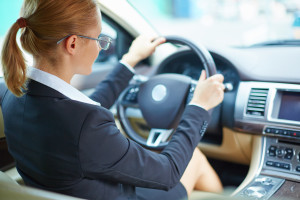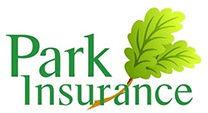 Dash-cams and vehicle cameras have become commonplace in HGVs and larger vehicles. But if you’re managing a fleet of cars (perhaps for a mobile sales team or small courier firm), then a little bit of initial outlay on some in-car cameras could save you a lot of money in the long run. Industry experts agree that when it comes to driving down the cost of motoring insurance, dash-cams and in-car cameras are the smart choice. And if you’re running a large fleet that could make a big impact on your bottom line numbers.
Dash-cams and vehicle cameras have become commonplace in HGVs and larger vehicles. But if you’re managing a fleet of cars (perhaps for a mobile sales team or small courier firm), then a little bit of initial outlay on some in-car cameras could save you a lot of money in the long run. Industry experts agree that when it comes to driving down the cost of motoring insurance, dash-cams and in-car cameras are the smart choice. And if you’re running a large fleet that could make a big impact on your bottom line numbers.
Why do dash-cams help cut the cost of insurance?
Protracted and complex insurance claims are not just annoying – they can push up the cost of a claim for insurers and reduce the amount a claimant could receive as a result. Money gets swallowed up in everything from legal fees to replacement vehicle hire costs, which in turn can drive up the cost of your fleet insurance premiums further down the line.
A dash-cam or in-car camera can shorten the amount of time it takes to process a claim by giving clear and irrefutable evidence of the events as they occurred. The faster a claim can be settled, the less it impacts on your business and the easier it is for the insurance provider to process. As everyone wants an easy life (including insurance brokers!), anything that can help to smooth out the claims process has to be welcomed.
Claiming within 24 hours of an accident
Having in-car cameras can also help speed up the initialisation of a claims process, and in some cases that could dramatically cut the cost of any excess you are required to pay too. Some insurance providers are offering a reduction in your excess fee if you report an accident within 24 hours of the event – and of course that time stamp on your video image will help to verify exactly when an accident occurred.
However, some insurance providers are also using a ‘negative incentive’ by increasing the cost of your excess fee if you don’t report an accident within 24 hours of the occurrence. This may seem a bit cheeky but it is a perfectly legal thing to do, so it’s well worth checking the small print on your contract if you don’t want to end up paying more than you need to!
Claim clarification – a picture is worth a thousand words
Having an in-car camera can not only help to verify the time of the accident, but clarify details and ensure that bogus claims are avoided from other parties. It’s this ability to give instant confirmation as to what exactly happened and when that makes dash-cams and in-car cameras such a useful tool during a claim.
It also ensures that the information you and the other party give to the claim assessors is accurate. The human memory can play tricks, even if you think you have perfect recall of every aspect of the event as it happened. A camera can see things the driver may have missed, and can view the incident from a totally unbiased and subjective viewpoint. That means any subsequent claim is fully justified and reflects the actual severity of the incident, rather than pushing up the cost of the claim by ‘embellishing’ the truth.
A tech incentive for your drivers
Fitting in-car cameras to your fleet may not be popular initially with your drivers, but in time you will find that they accept the ‘eye in the cab’ as an essential part of their working environment. They’ll understand that it’s there to provide protection rather than spying on the driver, but by the same token it could certainly go some way towards forcing drivers to change their driving habits for the better too.
Insurance providers are also classifying in-car cameras in the same category as other security measures such as immbolisers and alarms, which once again could push down the cost of your fleet premiums.
Big Brother may be here and watching us, but in the case of in-car cameras and dash-cams, Big Brother is definitely a benevolent watcher!
